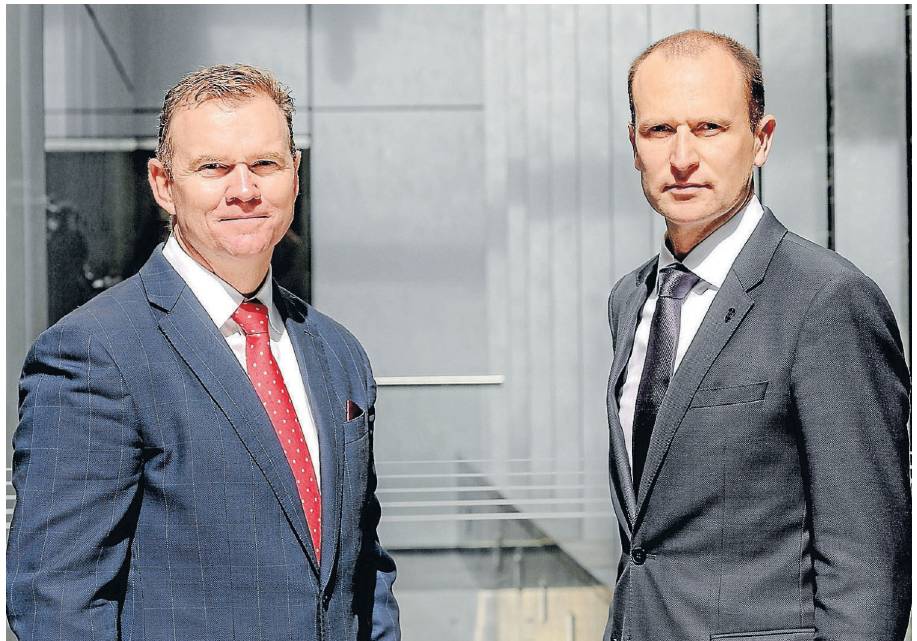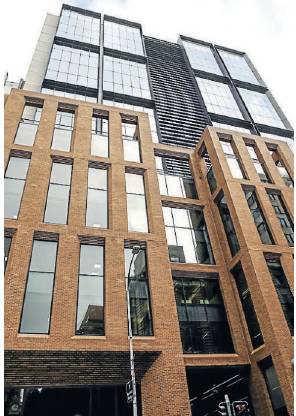How digital twins are key to smart cities
The property industry has long been considered a safe haven for technophobes, with complexity of major projects often leading to old practices trumping technology.
A senior property executive was once famously overheard saying that email was the biggest innovation in the construction industry over the past 20 years.
The problem is, the old way of doing things is wildly inefficient. Developers and owners can lose millions of dollars through reworks, delays and contractual disputes.
Furthermore, today’s limited systems are unable to handle the large amounts of information needed to take something from a drawing on a page to a place that people live, work and play.
That is, until digital twin technology arrived. Combined with sensors, smart buildings and blockchain, it’s set to revolutionise the built world.
Unlike many innovations positioned as the next big thing, it’s already being used today, and it is scalable.
One company who knows this all too well is Investa Property Group. Mark Tait, Investa’s Group Executive and Head of Commercial Development, knew the company needed to find a way to better manage its properties to save time, money and make everyone’s lives easier. So, five years ago it brought in Willow.
Willow, a digital and services company, born of the property development industry, identified a need for a new type of technology to address the unique challenges the property industry faces. It developed a digital twin platform which is now being delivered across the world.
In an industry first, the Investa partnership started with 567 Collins Street in Melbourne and this month, new office building Barrack Place at 151 Clarence Street in Sydney opened its doors for the first time.
The digital twin meant that as the property owner and manager, Investa knew where each of the building’s 25,476 assets, equipment, and parts, were located and their condition. That’s thanks to the creation of a digital twin that will revolutionise the way the building is managed and tenants are served.
But building an effective digital twin for a building goes beyond just technical skills. Willow’s deep industry knowledge, partnering approach, and digital services were key. From working with subcontractors to define the data standards and compliance needs to creating, capturing and integrating static data, such as 3D models, asset registers, operating and maintenance manuals, with dynamic data such as sensor/IoT data.
‘‘Before, we would have had lots of spreadsheets, paper files in ring binders or USB sticks handed over at the end of construction,’’ Tait says.
‘‘With the 567 Collins digital twin we now have information about 57,000 assets, from flooring to door handles, across the building and 14,000 live data inputs to tell us which lights, pumps, lifts are working in real time, on a totally open platform.
‘‘The amazing thing is we can find anyone of those with a click of a button.’’
This isn’t just a tool that makes it easier to store and search information. The added benefit of this technology is in compliance and safety.
As Tait says, ‘‘We know that 25 per cent of fire dampers in a building need to be checked every year. But how do you know which 25 per cent? With the digital twin, I know exactly who checked what, and when. It is an immutable digital record and maintenance history. It offers greater transparency, which enables owners and contractors to resolve disputes over contractual obligations, standards and compliance more quickly and easily.’’
As Joshua Ridley, CEO and co-founder of Willow puts it, ‘‘We’re finally at a point where the enabling technology for digital twins is powerful and affordable enough to make it scalable. Digital twins have been made possible by three mega trends – processing power available at scale through Microsoft cloud services such as Azure Digital Twins; high-speed connectivity with increased bandwidth, and sensor technology improvements and reductions in cost.’’
The digital twin’s real value? It’s the connectivity and transparency made possible by leveraging Willow’s and Investa’s expertise to build powerful applications that leverage Azure Digital Twins’ unique spatial intelligence capabilities. To have a truly ‘‘smart city’’ starts with smart buildings and smart infrastructure. Willow, Investa and Microsoft argue the digital twin is at the centre of this.
Ridley says the partnership between Investa, Willow and Microsoft is a true Australian success story.
‘‘We continue to innovate and grow, with real projects, real clients, real needs,’’ he says.
‘‘This is transforming everything, not just buildings.’’
Investa Property Group will be launching 60 Martin Place in 2019. The project started in 2012 with the developers shuffling into Town Hall to collect paper copy drawings.
Next year it will be entirely digitally enabled when it is handed over from construction to management, with one final handshake and a notification on the building manager’s smartphone. The property industry has never been so cutting edge.

